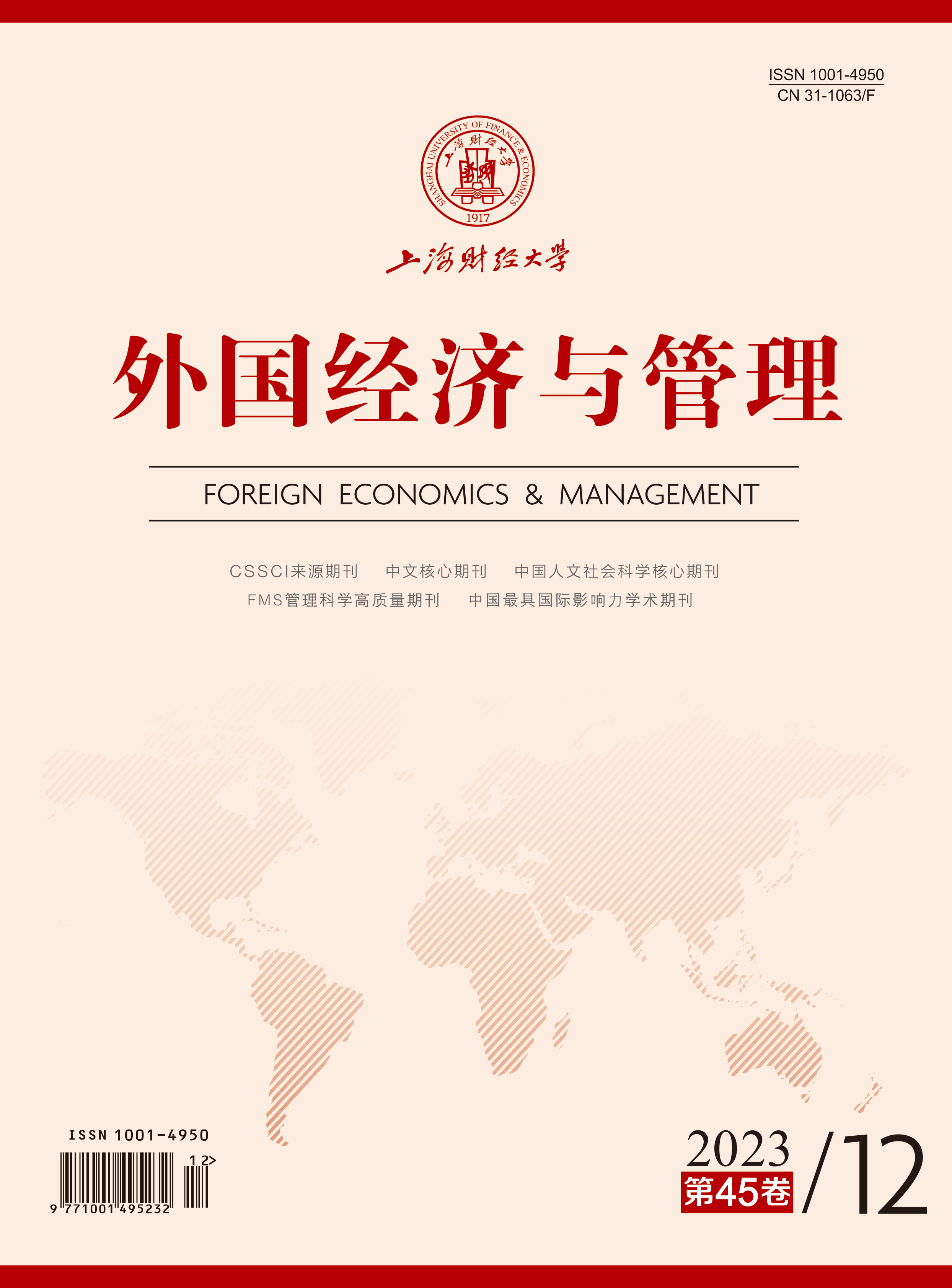Brand gender, as a dimension of brand personality, has been widely applied in marketing strategy. Under the commercial context emphasizing brand image shaping, the importance of exploring brand gender is gradually becoming apparent. However, current literature mainly focuses on the shaping role of elements such as brand logo and brand name on brand gender. Among various advertising appeals, humor is a unique and effective form of appeal, attracting researchers’ attention. Therefore, this paper attempts to explore the impact of humorous advertising on brand gender and its mechanism from the perspective of the relationship between humor and gender, and constructs hypotheses based on this.
The research is carried out through a questionnaire survey and comprised three scenario experiments. Experiment 1 created a virtual brand “GOOD” and manipulated humorous and non-humorous advertising to explore their impact on consumers’ perception of brand gender. Experiment 2 supplements different humorous styles of advertising to further verify whether there are differences in the shaping role of aggressive humorous advertising and affiliative humorous advertising on brand gender. Experiment 3 takes into consideration the original gender image of the brand, exploring the impact of the match between brand gender and humorous advertising on brand attitudes and its underlying mechanism. The study finally obtained 578 valid samples and used covariance analysis, simple effect analysis, and mediation effect analysis to empirically test the theoretical hypotheses.
The results indicate that under the condition of humorous advertising, consumers’ perception of brand gender tends to lean towards masculinity (Experiment 1). Meanwhile, compared with affiliative humor, aggressive humor advertising make consumers perceive the brand’s masculine tendency more (Experiment 2). Compared with the feminine brand, the masculine brand using humorous advertising trigger consumers’ more positive attitudes towards the brand, and the ad-brand congruence plays a mediating role in this process (Experiment 3).
The main contributions of this paper are that: First, it explores the impact of humorous advertising on brand gender from the perspective of the relationship between humor and gender, promotes research progress on the relationship between advertising types and brand gender, and broadens the comprehension of the multifaceted origins of brand gender. Second, based on the consistency theory, it explains the impact of the matching effect between humorous advertising and brand gender on brand attitudes and its underlying mechanism, providing targeted strategic guidance for enterprises to shape brand gender and enhance brand attitudes. Third, it extends the theme of “relationship between humor and gender” from fields such as sociology, psychology, and linguistics to the fields of advertising and marketing, deepening the understanding of humorous style and gender differences in commercial practice.





 2929
2929  3082
3082

